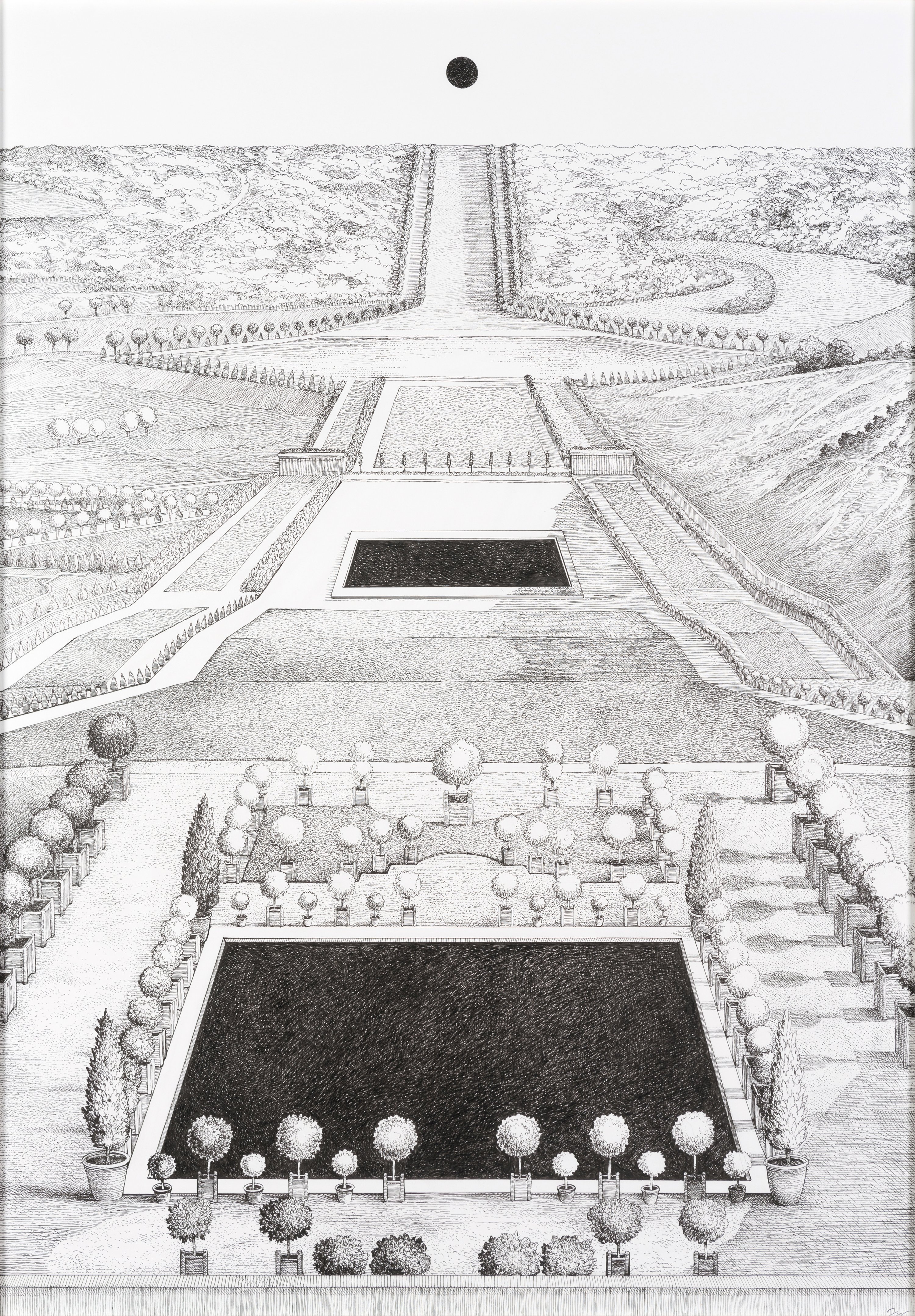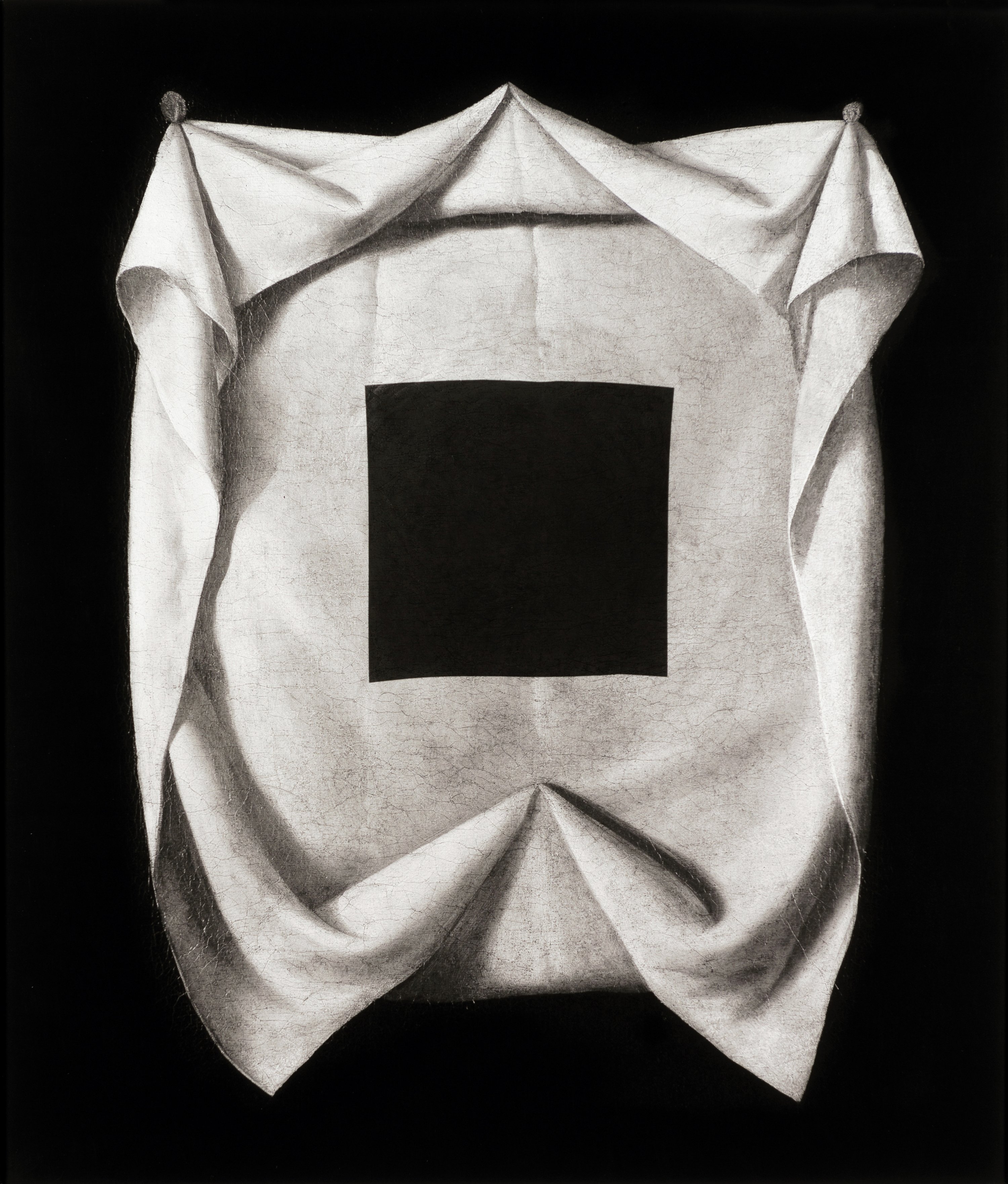Jakub Woynarowski
b. 1982, Stalowa Wola
Draughtsman, graphic artist, author of comic books and artbooks, creator of films and installations; curator. He studied graphic arts and intermedia at the Academy of Fine Arts in Kraków. He combines art history research with artistic practice, questioning common beliefs and universally accepted facts. In his work he emphasises that ideas of modernism and the avant-garde were not as original as they were believed to be, but had appeared in previous centuries. The author of comic books produced in the form of essays, visual atlases, and the occasional graphic novel, he has been recognised for such works with the Grand Prix at the International Comic Book Festival in Łódź (2007) and the Grand Prix of the National Artbook and Art Album Competition (2011), among other awards. His project to analyse the symbolism of the canopy over the entrance to Józef Piłsudski’s burial crypt, developed jointly with the Institute of Architecture, represented Poland at the 14th Venice Architecture Biennale in 2014. Laureate of the Polityka Passport Award (2014). He lives and works in Kraków.
Et sic in infinitum
FSP ING 0140
The work is part of the Novus Ordo Seclorum project, an attempt at rewriting the history of the avant-garde. The artist deprives modernist art of its groundbreaking, revolutionary and scientific nature, embedding it in the history of magical rituals and introducing freemasonry and alchemy tropes. He further creates a kind of visual atlas comprising renderings of iconographic associations, his juxtapositions of individual motifs simultaneously erudite and absurd. Central components of the visual atlas include a symbolic map, depicting the history of the artistic proto-avant-garde in a labyrinthine garden form, its products permeating the space of a hallucinogenic landscape park. The central part of the land-art gallery is occupied by a constantly filling and emptying pool, its form emulating Kazimir Malevich’s Black Square as well as the print from the 1617 work Utriusque cosmi maioris scilicet et minoris metaphysica by Robert Fludd. The famous print depicts a black square inscribed with Et sic in infinitum, translatable as “And so on to infinity”.
Veraicon 1
FSP ING 0141
In the history of painting, the term “veraicon” is used to refer to the image of Christ, whose face (according to tradition) became imprinted on St. Veronica’s veil as she wiped Christ’s sweaty brow on his way to Golgotha. The veraicon was originally recognised as proof of the presence of deity, the personification of the absolute usually tantamount to an anthropomorphisation thereof. Pursuant to Latin etymology, “veraicon” literally means “image of truth” (icona vera), an example of achiropita (from the Greek acheiropoietos), a rendition created with the use of supernatural powers, by a “non-human hand”. In Jakub Woynarowski’s Veraicon, inspired by Francisco de Zurbarán’s 17th-century Veil of St. Veronica, the face of Christ has been replaced by a black square. The same motif, made famous by Kazimir Malevich’s celebrated painting, appears on the lid of his suprematist sarcophagus in the facial field, akin to an iconoclastic “coffin portrait”. It may well be assumed that the Russian artist who had declared that “art needs truth rather than sincerity” saw the black square as something of an icona vera.
Annuit Cœptis
FSP ING 0142
The Latin phrase Annuit coeptis translates as “God has favoured our undertaking.” This inscription also adorns the reverse of the Great Seal of the United States, A modified image of the Great Seal occupies the central section of Jakub Woynarowski’s diagram. But the triangle traditionally featuring the Eye of Providence has been filled in; consequently, the symbol of divine power atop the hierarchical structure remains shrouded in mystery. The black triangle is a visual equivalent of a question mark, potential responses provided by “seals” discernible on either side, images of supernatural superiority: the wide-open Eye of Vigilance, and the dormant lidded eye. This division reflects the vertical tension discernible in the symbolic image of the pyramid, where the material “foundation” merges with the spiritual “crowning”. The lower diagram section depicts symbols of the four “earthly elements” and the upper section elements representing the whole of the universe, a human being and two towers: the Tower of Babel and Tatlin’s Tower, the Monument to the Third International. They become a clasp uniting the ancient with the modern.

